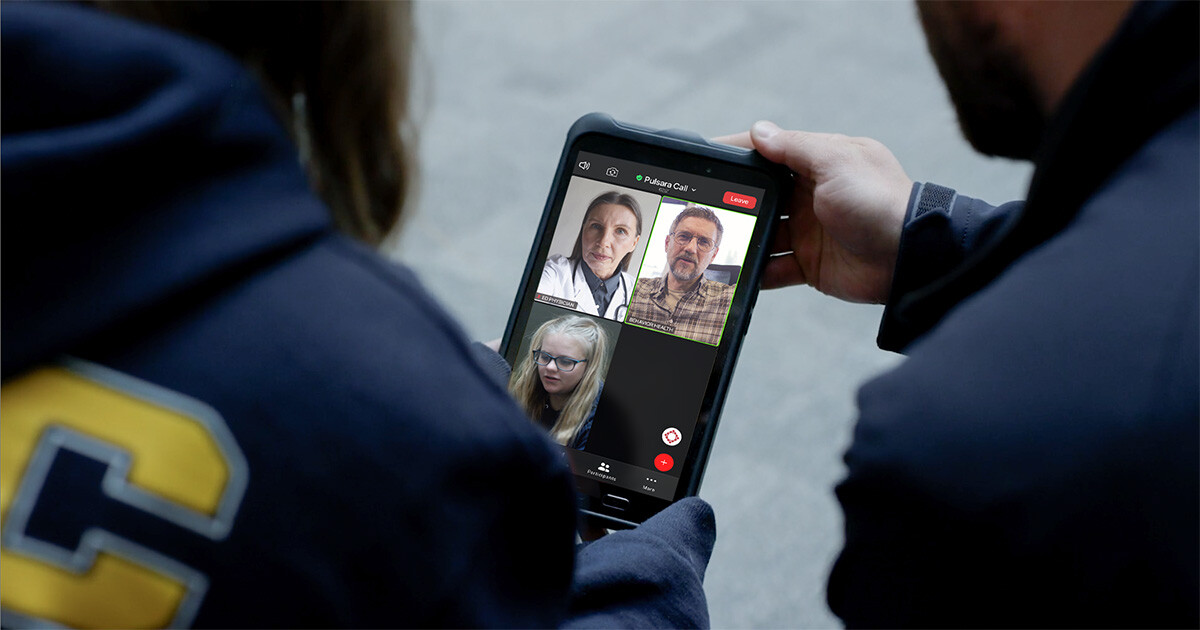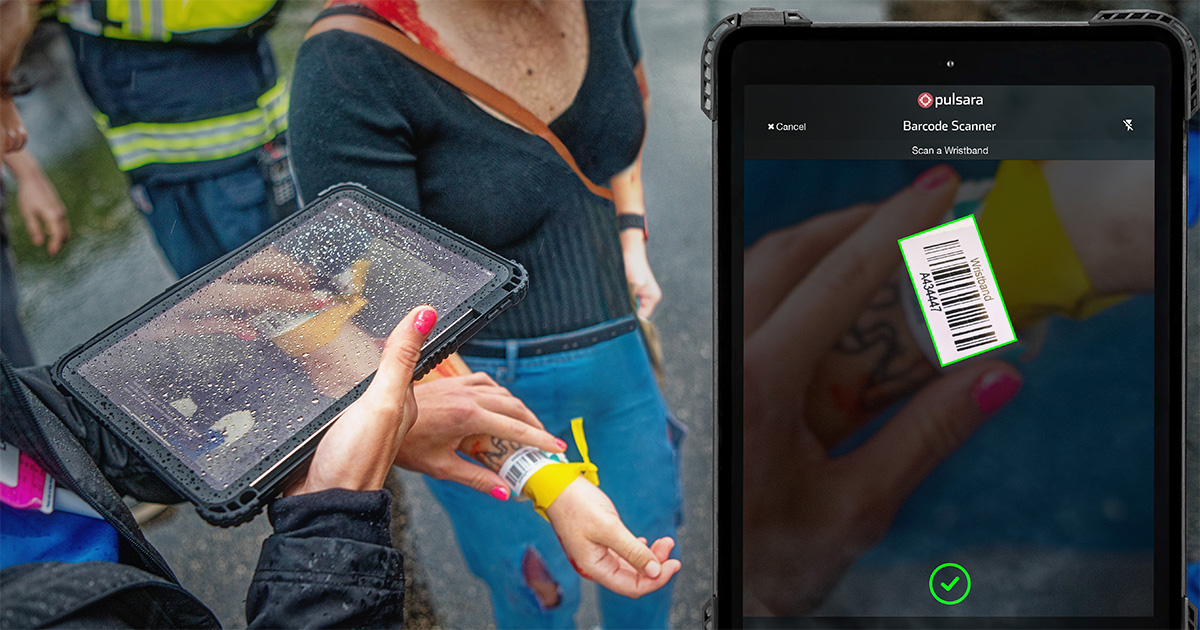Pulsara Welcomes New Member to Board of Directors
Brian Webster, CEO of Kestra Medical Technologies, brings significant healthcare expertise to Pulsara’s Board of Directors
1 min read
 James Woodson, MD
:
Feb 27, 2018
James Woodson, MD
:
Feb 27, 2018

In-hospital STEMI cases account for up to 20% of all STEMIs treated in hospitals and mortality rates are 10-fold higher than for out-of-hospital STEMI cases -- and approach mortality rates associated with cardiogenic shock.
According to the authors of an article published last week in MedPage Today, the following is needed:
1) Low threshold throughout the hospital to perform ECGs more quickly in those with hemodynamic decompensation or other signs of acute MI,
2) PROCESS for IMMEDIATE review and interpretation of ECG,
3) Formal in-hospital STEMI activation process.
This article highlights the importance that your STEMI system of care must be the same for all patients in your region, regardless of their presentation: EMS, Walk-in to ED, Inpatient, and Transfer.
What is your plan?
We need a real time team communication platform that crosses healthcare entities and can simplify care coordination for all time sensitive emergencies regardless of their initial presentation.
The future of healthcare communication is connected teams.

Brian Webster, CEO of Kestra Medical Technologies, brings significant healthcare expertise to Pulsara’s Board of Directors

The mental health of America’s youth is under duress, and it didn’t start with COVID-19. It’s a problem that’s been a much longer time coming. In...

Imagine: In the midst of a pandemic, you're managing patient load across a state that covers over 261,000 square miles and is home to over 30 million...